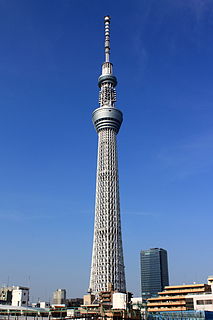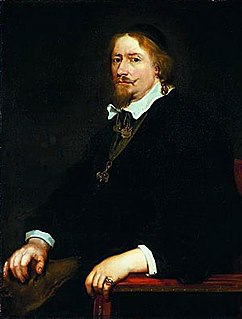
Erik Johansson Vasa was the Lord of Rydboholm Castle in Roslagen. He was born around the year 1470 to Johan Kristiernsson Vasa and Birgitta Gustafsdotter Sture in a village named Örby in the province of Uppland, Sweden. He was one of four children from Johan and Birgitta; Johan was first cousin of Charles VIII of Sweden's father, Knut.
Cecilia Månsdotter Eka also called Cecilia of Eka, was a Swedish noblewoman. She was the spouse of Erik Johansson Vasa and mother of King Gustav I of Sweden.
Martha Erikdotter Leijonhufvud, known as Kung Märta, was a politically active Swedish noble. She was the sister of Queen Margaret Leijonhufvud and sister-in-law of King Gustav I of Sweden: she was also the maternal aunt of Queen Catherine Stenbock and the daughter-in-law of the regent Christina Gyllenstierna. In 1568, she financed the deposition of King Eric XIV of Sweden, which placed her nephew John III of Sweden on the throne.
Ebba Eriksdotter Vasa was a Swedish noblewoman. She was the mother of Queen Margaret Leijonhufvud and the second cousin and mother-in-law of King Gustav Vasa.
Anna Eriksdotter Bielke (1490–1525) was a Swedish noble, commander of the city and castle of Kalmar during the Swedish rebellion against Denmark.
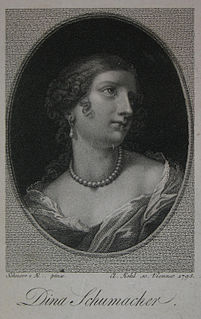
Dina Vinhofvers was a Danish silk worker who became famous because of her involvement in an alleged conspiracy of Danish statesman Corfitz Ulfeldt (1606–1664) against King Frederick III of Denmark in 1650–51.

Hedwig of Schleswig-Holstein was the daughter of king Christian IV of Denmark and Kirsten Munk. She was the twin of her sister Christiane Sehested. She shared the title Countess of Schleswig-Holstein with her mother and siblings.
Sigrid Eskilsdotter (Banér), was a Swedish noble, the mother of the Swedish regent Christina Gyllenstierna and the maternal grandmother of King Gustav Vasa of Sweden.
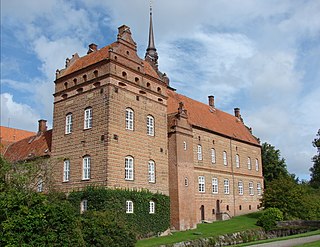
Holckenhavn Castle is a manor house located next to Holckenhavn Fjord, an arm of the Great Belt, just south of Nyborg on the east coast of Funen, Denmark. The current Renaissance castle was built in the late 16th and early 17th century by three consecutive owners. Previously known both as Ulfeldtsholm and Ellensborg, it received its current name in 1672 when it was acquired by Eiler Holck, who at the same time founded the Barony of Holckenhavn. The estate has been in the possession of his family ever since.
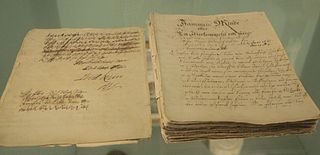
Jammers Minde, translated into English as Memoirs of Leonora Christina, is an autobiography completed in 1674 by Leonora Christina, daughter of Christian IV of Denmark and Kirsten Munk. The work, first published in 1869, is included in the Danish Culture Canon. It is considered to be the finest piece of prose work written in 17th-century Denmark. It relates a partly fictionalized account of Christina's time during captivity, with a detailed personal account of prison life, often drawing upon biblical references and black humour, and contrasting the comical with the macabre. Radical for its period in its personal account, it is considered an existential religious writing.

Events from the year 1520 in Sweden

Events from the year 1536 in Sweden

Events from the year 1559 in Sweden
Margareta von Melen née Vasa (1489-1541) was a Swedish noble. She was second cousin of King Gustav Vasa and the maternal aunt of Queen Margaret Leijonhufvud.
Eriksdotter may refer to:

